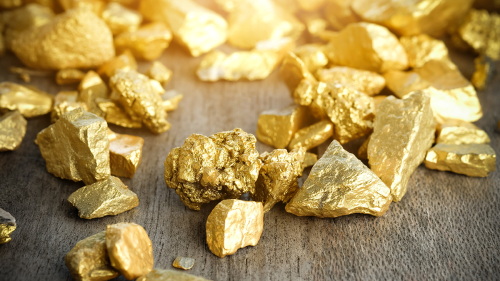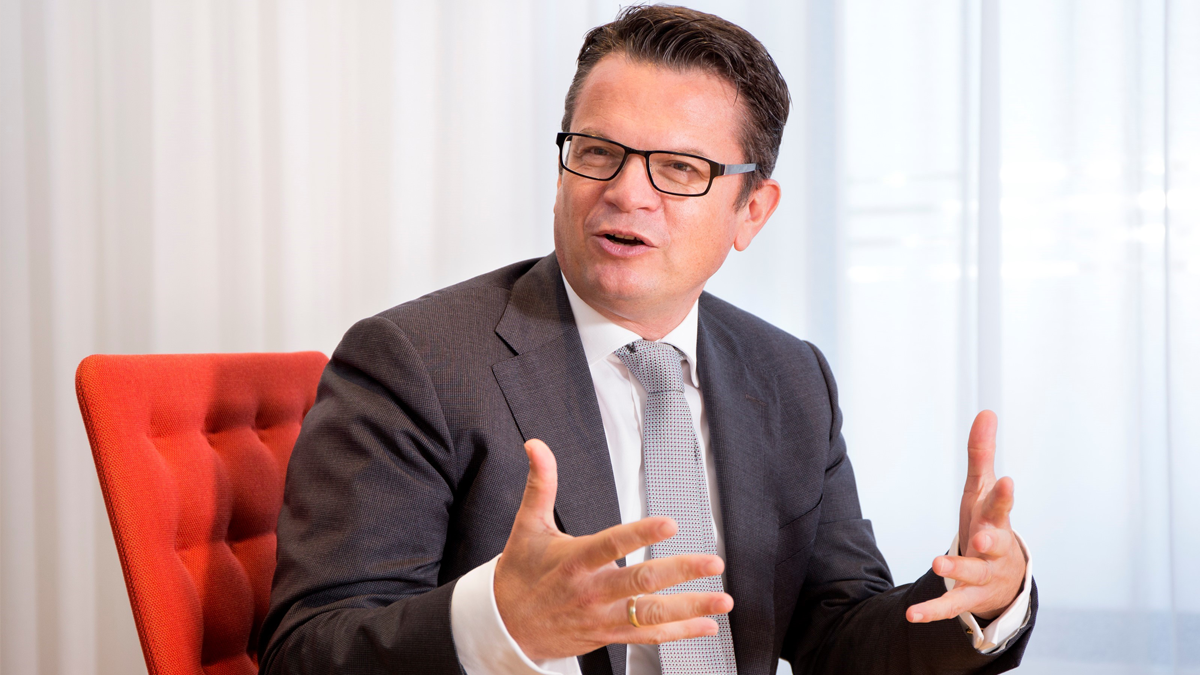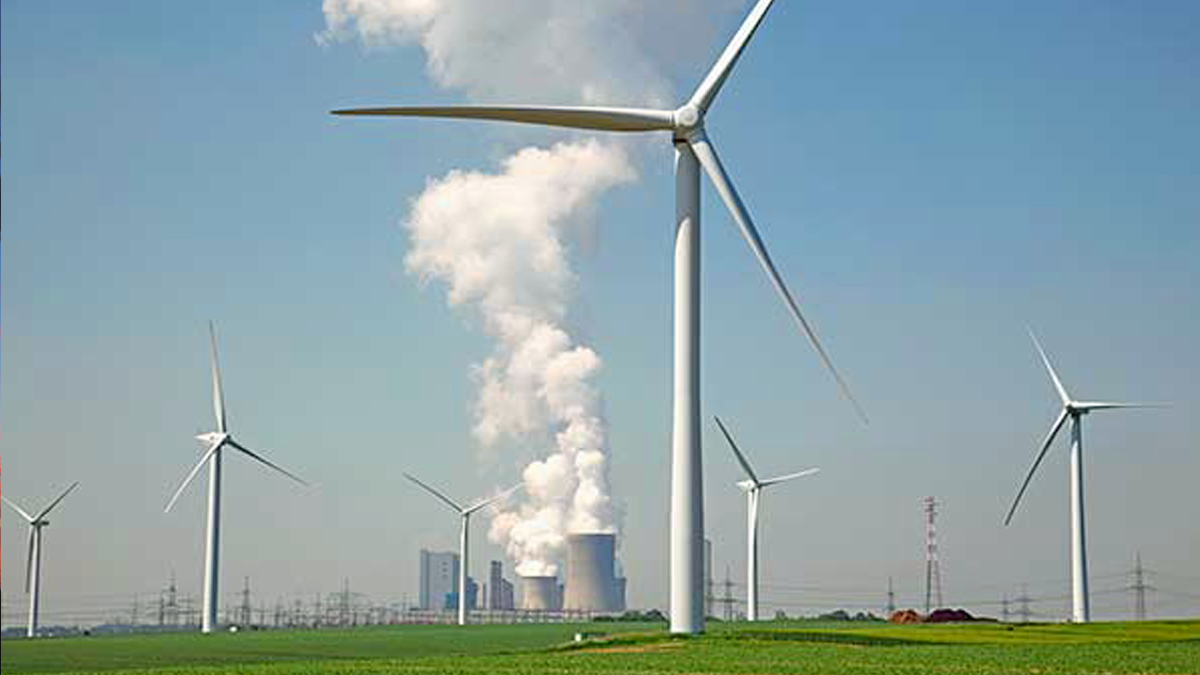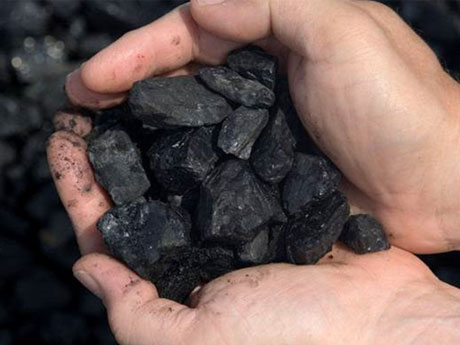Should we say ‘no’ to gold?
Gold. It usually makes us think of jewellery and currency, but gold is also needed to make components in TVs, computers and space satellites – not to mention lifesaving medical equipment.

All of the world’s mined gold would fit in a 21 metre cube.
People have been mining for gold for 7,000 years, and today there are gold mines all over the world. Many are in remote locations, so it’s hard to picture what a modern mine looks like. But most are large-scale, high-tech operations with extensive environmental and social control systems.
When we engage with clients in the sector, we review these environmental and social control and management systems, challenge them to do better where they can and ensure that they live up to their commitments. This is how we contribute to making a positive impact. Keep reading to find out more.
Dams
Gold mining uses what’s called ‘tailings dams’, which are designed to store what remains of the rocks after they have been processed for their gold content. It was one of these dams that broke earlier this year at an iron ore mine in Brazil.
ING has an extensive policy for the mining sector, with detailed action plans and checks that many people are constantly reviewing and acting on. Our mining clients give us insights into how they manage these challenges on a daily basis.
After that accident, our Environmental and Social Risk (ESR) team and our client teams decided to take an even closer look at all transactions involving tailings dams, particularly those in high rainfall locations such as Brazil.
So when a new financing request came in for a new client with operations in Brazil, the ESR team’s job was to coordinate, advise and have meaningful discussions with the client in order to decide whether or not to do the deal.
“Generally speaking, the easiest thing to do is say no,” says Kathelijn Scholtes, of ING’s global ESR team. “But we’d rather be involved, because we have more influence and work with the client towards a more sustainable business case. I often get feedback that we’re stricter than other banks, but I think that’s only good since this is our opportunity to make a difference.”
That’s the core of our approach to deals with potential environmental and social risk: we expect our clients to commit to international sustainability standards, then help them improve while monitoring that they deliver. This is outlined in our ESR Framework, which is updated as of 1 July 2019 (see box-out).
Our updated ESR framework
We check transactions and clients against our environmental and social risk policies. The team says yes or no to financing requests, but often responds with “yes, but…”, outlining improvements that the client will have to make first. We feel that this is how we can make the most positive impact. Of course if they don’t meet our standards and aren’t willing to change, we don’t do the deal.
We updated our ESR Framework as of 1 July 2019, including new policies for climate and human rights. Plus, we narrowed the threshold for restricted activities on a client level to 30% (from 50%) for existing clients and 10% for new clients. Of course some sectors are still at zero tolerance, like tobacco. Read the ESR page for more information.
Structure and safety
The ESR team performed extensive research into the environmental and social policies, management and track record of the client. Together with the front office, we also requested a technical consultant to review the structure and safety of all of its tailing dams in Brazil.
The research showed that of the four mines the client has there, three were low risk. But one, which wasn’t close to any populated areas, still had a medium risk of ‘contained failure’. There had also been an accident in another mine with two fatalities, and there were some outstanding conditions arising from their environmental permit of one of the mines.
But we knew that the client had taken positive steps, which our research confirmed. It had launched an investigation to determine the cause of the fatal accident and to learn how to prevent similar accidents in the future. It was also transparent about the findings, releasing an accident report assessing the errors made and the actions taken to improve.
Positive elements
The company’s new management is considered strong and experienced in mining, and the company complies with several strong environmental and social standards. Another positive element was that all of the tailings dams strictly follow the protocols stipulated by Brazil’s National Dams Safety Policy, and all were made with what’s known as a downstream construction, which is the safest construction method.
So we set a series of strict but reasonable conditions with the client. They agreed to provide updates on the incidents above and on their implementation of certain improvements from the technical report.
“These decisions aren’t made easily but they are made thoughtfully,” says Kathelijn. “Us being a second set of eyes may not always be comfortable for clients, but this is where we make a real impact in the sector.”
What about gold mining and human rights?
In October 2016, we signed the Dutch Banking Sector Agreement on international responsible business conduct regarding human rights (DBA). The DBA is conducting a value chain analysis for cocoa, palm oil, oil and gas, and gold, and ING is the lead bank in mapping the gold value chain. Results of the analysis show that most issues are prevalent in artisanal or small-scale gold mining, as they cause the most salient human rights issues. ING doesn’t finance that segment, as we only finance large-scale mining activities. Nevertheless this has brought interactions with illegal/artisanal miners back into focus. Our learnings will feed back into how we view land-related community impacts.



